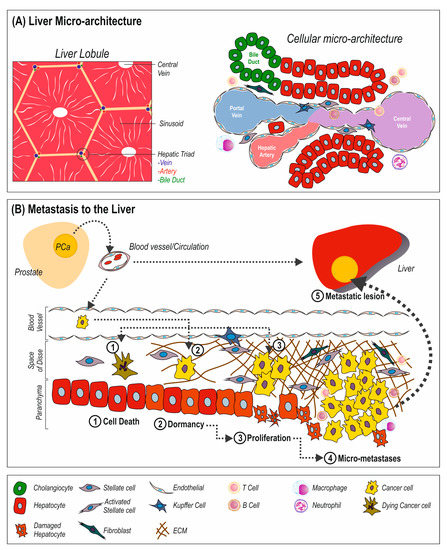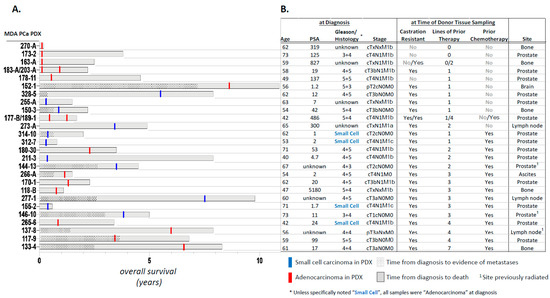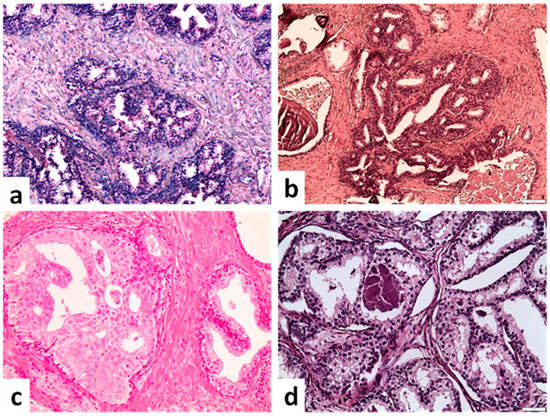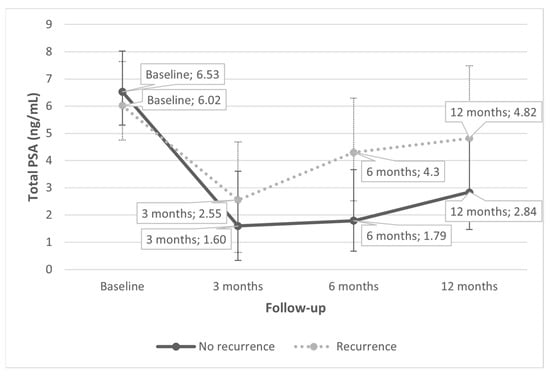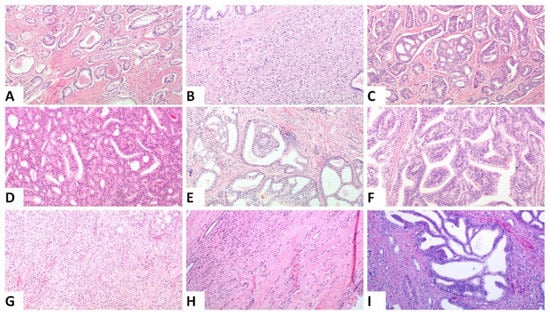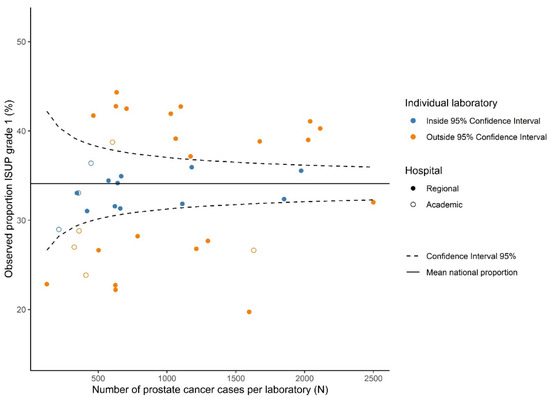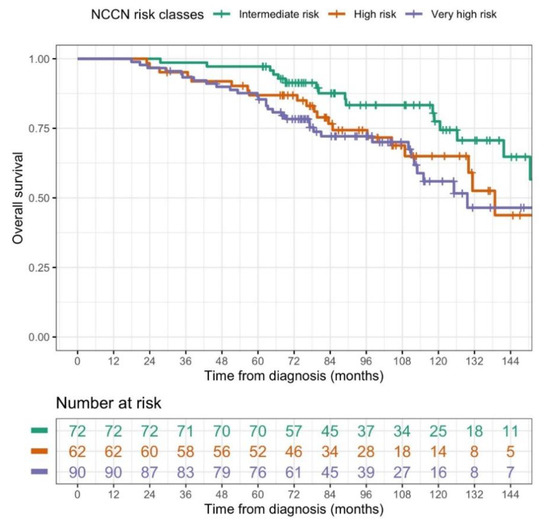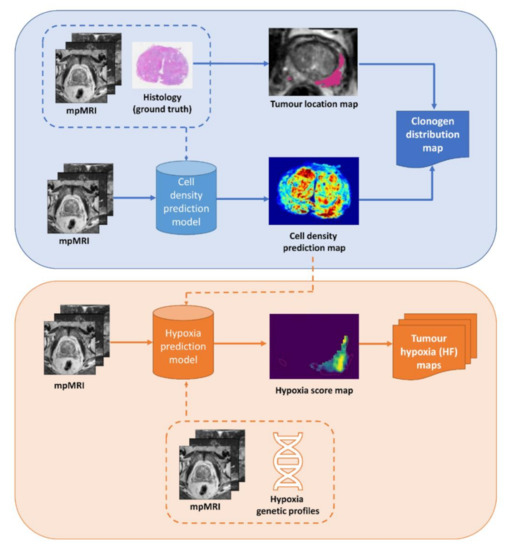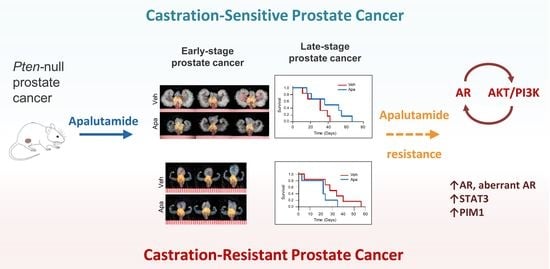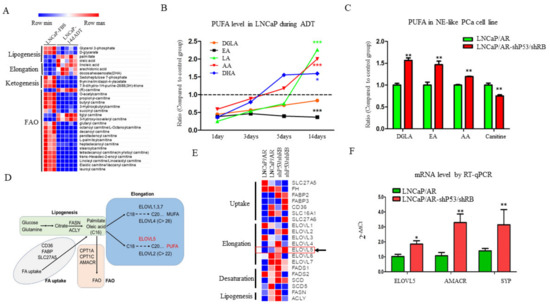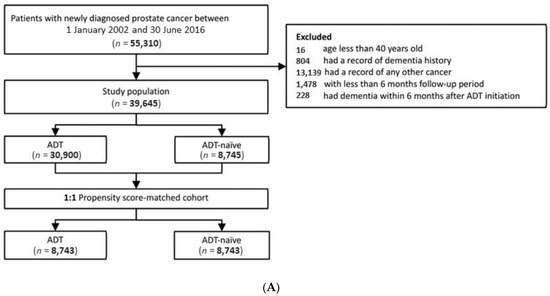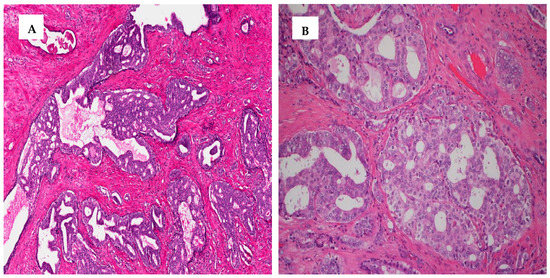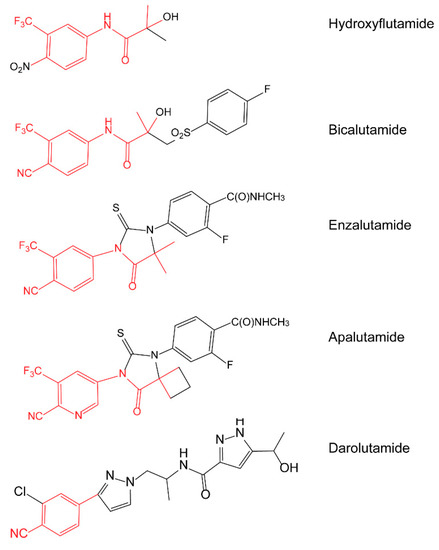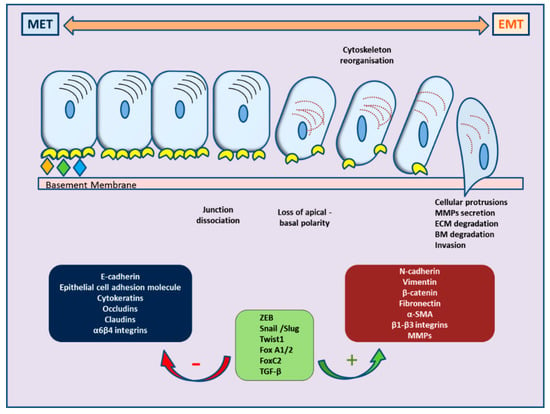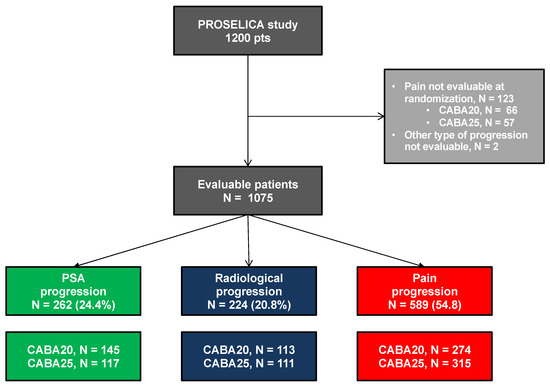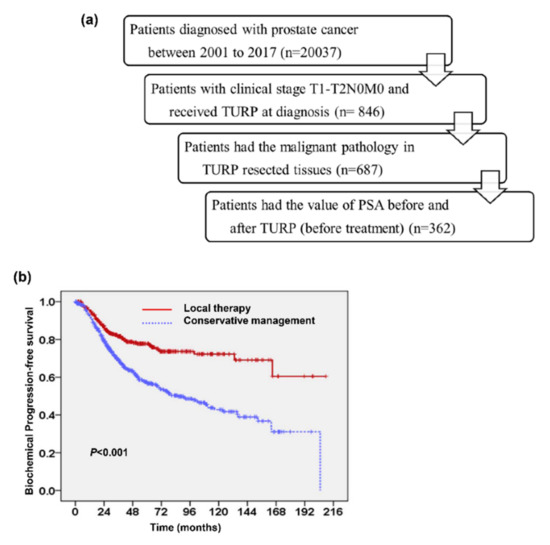Prostate Cancer: Pathophysiology, Pathology and Therapy (Closed)
A topical collection in Cancers (ISSN 2072-6694). This collection belongs to the section "Cancer Therapy".
Viewed by 87265Editor
Topical Collection Information
Dear Colleagues,
Prostate cancer is a major healthcare challenge in the developed world and represents the second most common cause of cancer death in men. A remarkable heterogeneity is noted in its clinical course. Some patients have indolent cancer that will never progress, whereas others have remarkably aggressive disease with rapid progression to metastases and resistance to therapy. In between are patients with initially localized disease that will progress to metastatic incurable disease after a variable time period. The clinical heterogeneity of prostate cancer is a reflection of its molecular heterogeneity and the emergence of lineage plasticity. Recent research has provided significant advances in the understanding of the molecular, genomic and epigenetic features of prostate cancer and, as a result, multiple therapeutic options have been added to our armamentarium. In addition, potential new therapeutic targets have been identified and are being tested in preclinical and clinical studies. An active search for efficient predictive biomarkers aiming at delivering the right drug to the right person is currently in place and will define a new era of personalized treatment for prostate cancer. This Topical Collection welcomes articles outlining the pathologic and molecular features of prostate cancer as well as those focusing on the current and emerging therapeutic options and predictive biomarkers for this disease in an effort to summarize current advances in precision medicine approaches.
Dr. Vasiliki Tzelepi
Collection Editor
Manuscript Submission Information
Manuscripts should be submitted online at www.mdpi.com by registering and logging in to this website. Once you are registered, click here to go to the submission form. Manuscripts can be submitted until the deadline. All submissions that pass pre-check are peer-reviewed. Accepted papers will be published continuously in the journal (as soon as accepted) and will be listed together on the collection website. Research articles, review articles as well as communications are invited. For planned papers, a title and short abstract (about 100 words) can be sent to the Editorial Office for announcement on this website.
Submitted manuscripts should not have been published previously, nor be under consideration for publication elsewhere (except conference proceedings papers). All manuscripts are thoroughly refereed through a single-blind peer-review process. A guide for authors and other relevant information for submission of manuscripts is available on the Instructions for Authors page. Cancers is an international peer-reviewed open access semimonthly journal published by MDPI.
Please visit the Instructions for Authors page before submitting a manuscript. The Article Processing Charge (APC) for publication in this open access journal is 2900 CHF (Swiss Francs). Submitted papers should be well formatted and use good English. Authors may use MDPI's English editing service prior to publication or during author revisions.
Keywords
- prostate cancer
- pathology
- grade
- androgen signaling
- castrate-resistance
- neuroendocrine carcinoma
- lineage plasticity
- epigenetics
- predictive biomarkers
- targeted therapy








